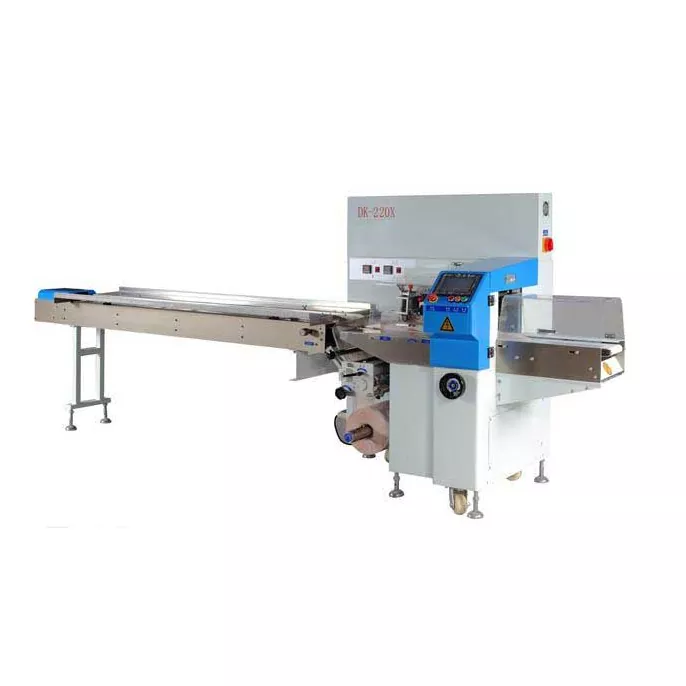How To Choose The Right Pillow Packing Machine?
2025-05-29
Product Requirements
We can analyze the size, shape, and characteristics of the products to be packaged. For example, if you are packaging irregular - shaped items, ensure the pillow packing machine can handle the unique contours. Consider the product's weight, fragility, and stickiness. A machine designed for lightweight items may not be suitable for heavy products, and sticky products may require special anti - adhesion features.
Production Capacity
You need to determine your production volume at first. If you have high - volume production needs, look for a machine with a high - speed packaging rate. However, also ensure that the increased speed does not compromise the quality of the packaging. Some machines offer adjustable speeds, which can be useful for different production requirements or when testing new products.
Packaging Material
Different pillow packing machines are compatible with various packaging materials, such as plastic films, paper, or laminates. Consider the cost, environmental impact, and product protection requirements of the materials. Ensure the machine can handle the thickness and type of material you plan to use, as well as perform proper sealing and cutting for a secure package.
Automation Level
Decide whether you need a fully automated, semi - automated, or manual machine. Automated machines can reduce labor costs and increase efficiency, but they may also require a higher initial investment. Semi - automated machines offer a balance between cost and functionality, while manual machines are more suitable for small - scale production or when flexibility in the packaging process is needed.
Maintenance and Service
Look for a machine that is easy to maintain, with accessible parts and a clear maintenance manual. Consider the availability of spare parts and the quality of after - sales service provided by the manufacturer. A reliable service network can minimize downtime in case of machine breakdowns.
Cost - Benefit Analysis
Evaluate the total cost of the pillow packing machine, including purchase price, installation, training, and long - term maintenance costs. Compare these costs with the expected benefits in terms of production efficiency, product quality, and cost savings in the long run. Don't always choose the cheapest option, as a more expensive but high - quality machine may prove to be more cost - effective in the long term.
 English
English




